Money is one of those deceiving math skills to teach. It seems at first thought that it’d be quite simple, but it can actually be a pretty challenging, complex concept for many students to grasp. Luckily, there is no shortage of hands-on counting money games and activities to help provide students with the practice they need.
Here are a few ideas that not only build a strong foundation for money math concepts, but also make learning how to count money more engaging and fun!
CHARTS & FLIPBOOKS
A great way to introduce counting money is to chart the coins together as a class while students follow along and complete a flip book.
Start by charting all the unique features of each coin or bill together as a class. Think about the color, size, and any identifying images (such as Lincoln’s portrait on a penny or Monticello on the nickel).

Also talk through the value of each coin. How many does it take to make $1.00?
As you chart this information, students can also record it on their own with the use of flip books. I had my students use this one from Kaitlyn Albani on TPT.
Recording the information in something like a flip book not only helps the information better “stick” in students’ brains, but it also serves as a useful reference tool for students to go back to when needed!
TOUCH MONEY
For any students who still struggle with coin identification (and coin values) after that initial introduction, Touch Money can be a helpful strategy. It’s designed to teach the basics of counting and using coins, as well as giving students a kinesthetic math experience. Your kids will also need to know how to count by 5s in order to utilize Touch Money.
You’ll need physical coins (or at least visuals of coins on a piece of paper) to get started. Students will literally touch the coin in specific areas, called touch points, to help them remember the coin’s value. Literally a hands-on activity!
- Quarters have 5 touch points
- Dimes have 2 touch points
- Nickels have 1 touch point.
You guessed it: each touch point is worth 5.
Pennies do not have a touch point; you could have students use their finger to draw a line underneath the coin instead.
Another variation of touch money is to draw sun rays or legs around each coin. Students then count by fives when touching the legs or rays, which makes for a similar tactile experience.
GUESS WHO GAME FOR COUNTING MONEY
Games are an effective way for students to practice and hone their skills in counting money. If you are in need of some new counting money games, Guess Who is highly engaging and ideal for math centers or your early finishers.
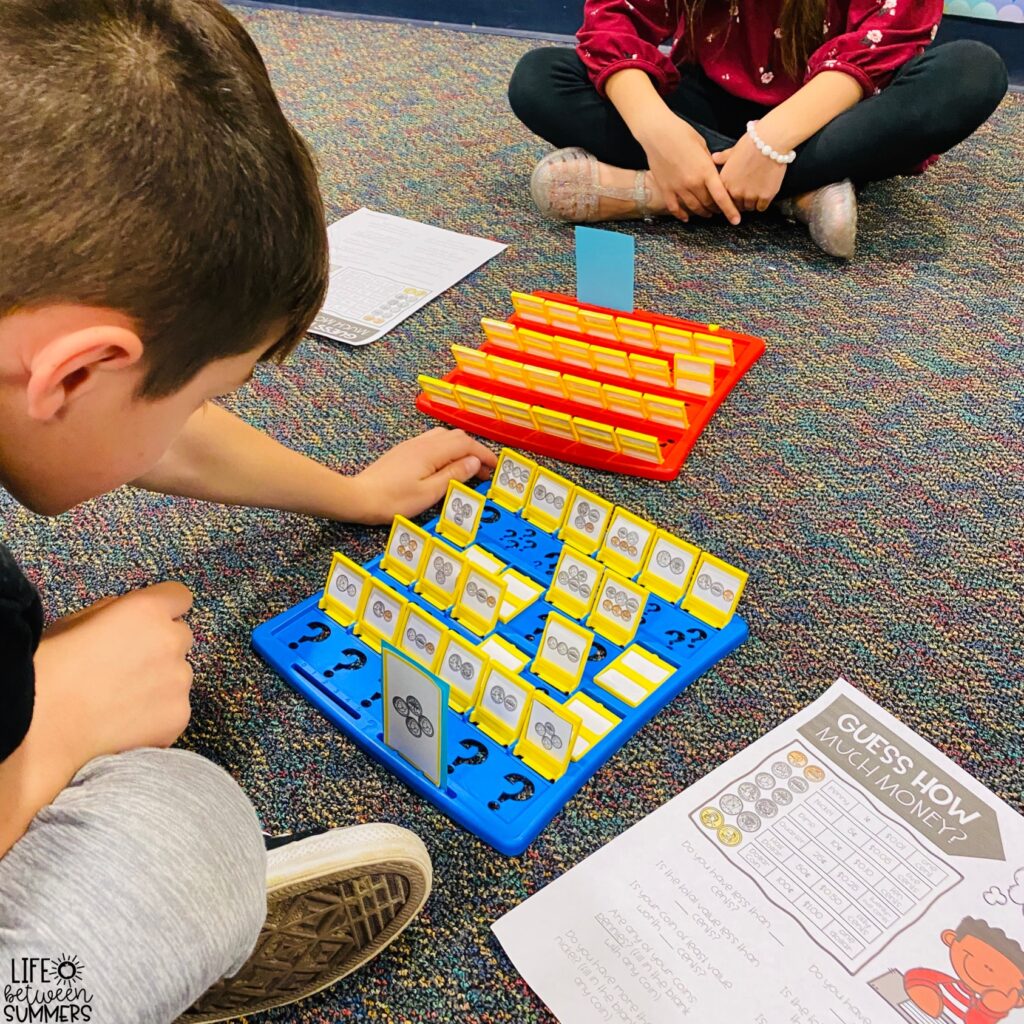
This math spin on the old classic game can be played in pairs or small groups. It is played much like the original, except that students ask questions to guess their opponent’s mystery coin or bill.
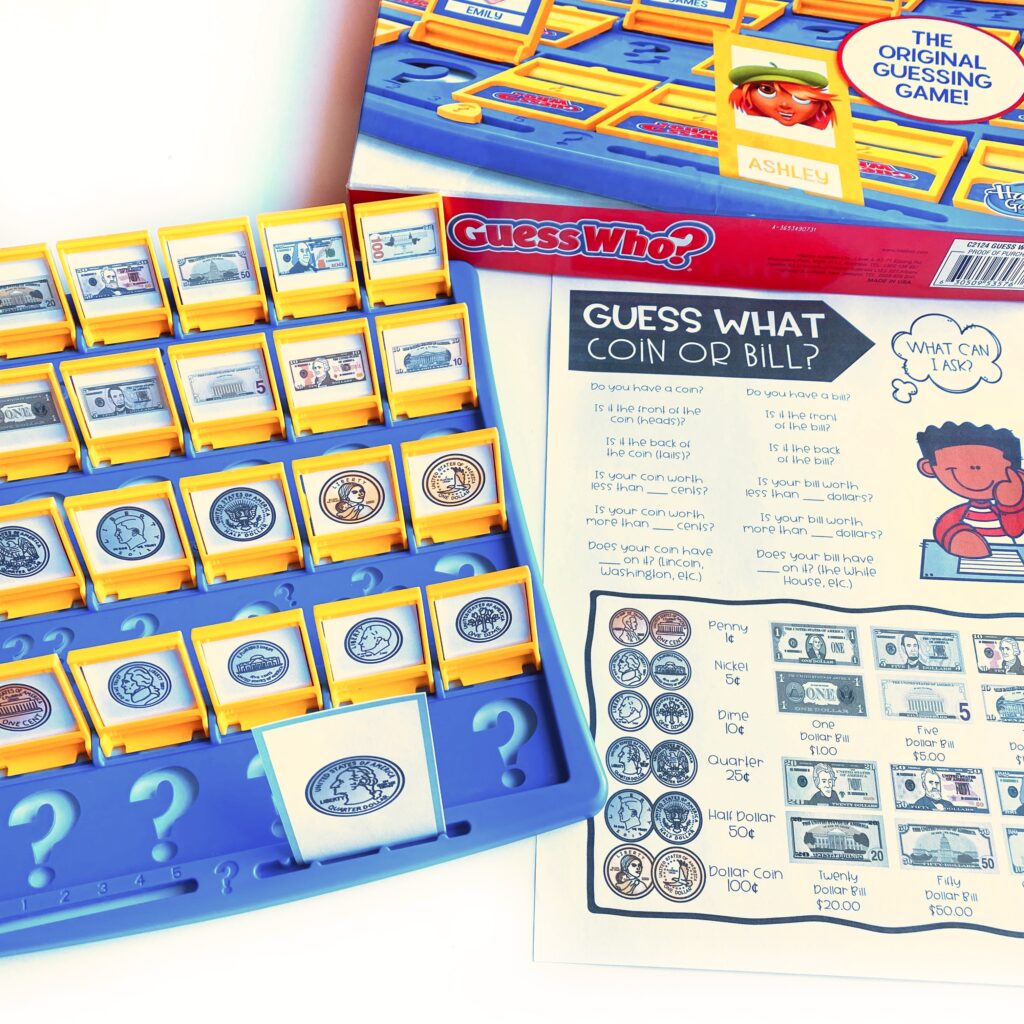
There are also game versions where students must guess the value of their opponent’s money. They get a ton of practice with counting combinations of coins, but the gamification makes it so fun that they hardly realize all the brainpower taking place!
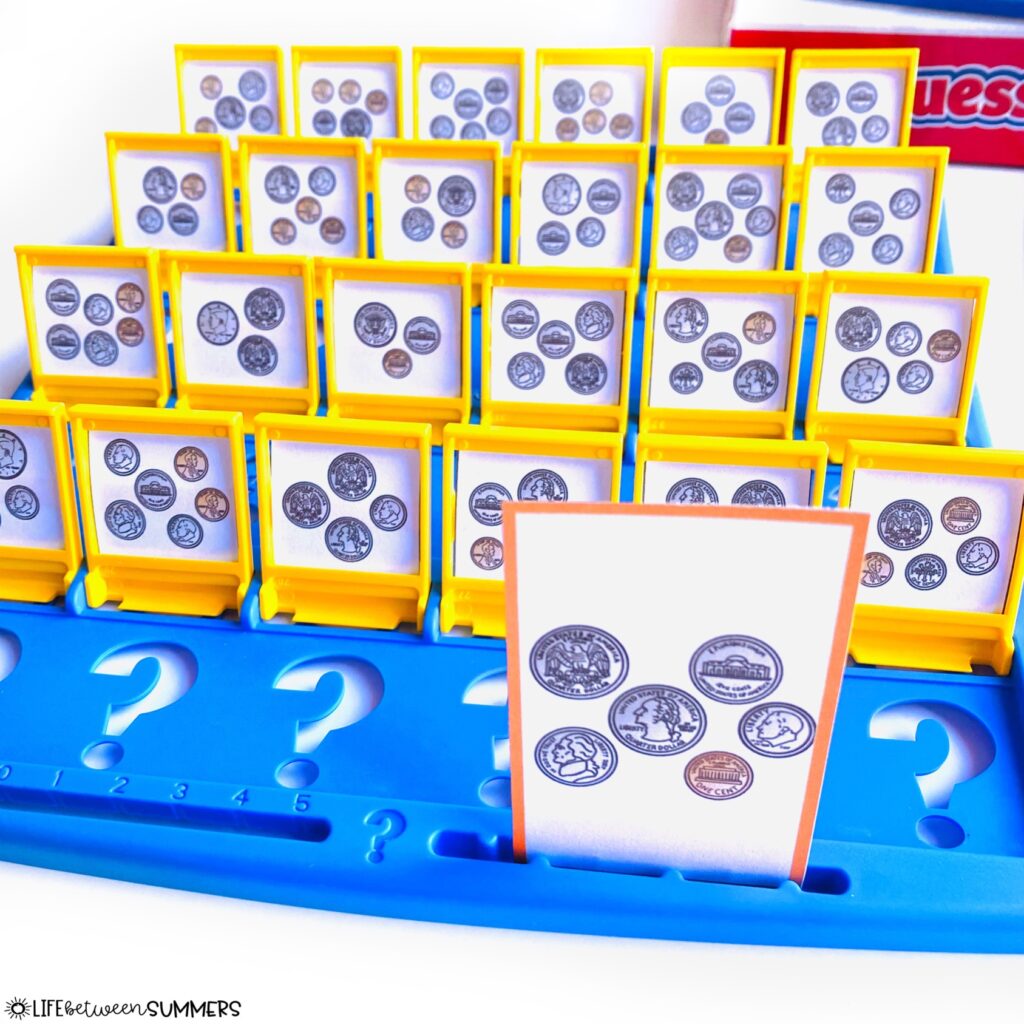
This Guess Who for Counting Money game comes with 6 versions that can be used for differentiation or to switch out as your students progress.
The versions include:
- Identifying Coins and Dollars (Labeled)
- Identifying Coins and Dollars (Not Labeled)
- Counting Coins Level 1 (coins ordered from greatest to least)
- Counting Coins Level 2 (randomly mixed coins)
- Counting Coins Level 3 (randomly mixed coins, higher total value)
- Counting Dollars and Coins
Guess Who for Counting Money is available here on my site or in my Teachers Pay Teachers store.
JENGA GAME FOR COUNTING MONEY
Just like Guess Who, Jenga is another one of those engaging counting money games that make learning fun!
In addition to partners, Jenga for Counting Money can also be played in a small group. Students take turns rolling the color dice. For whichever color they roll, they select a card with that color. They read the problem aloud, and everyone in the group solves the problem and records their answer on their answer sheets. Students then compare their answers. The student who rolled the dice then gets to move a Jenga block that matches the color of their card.
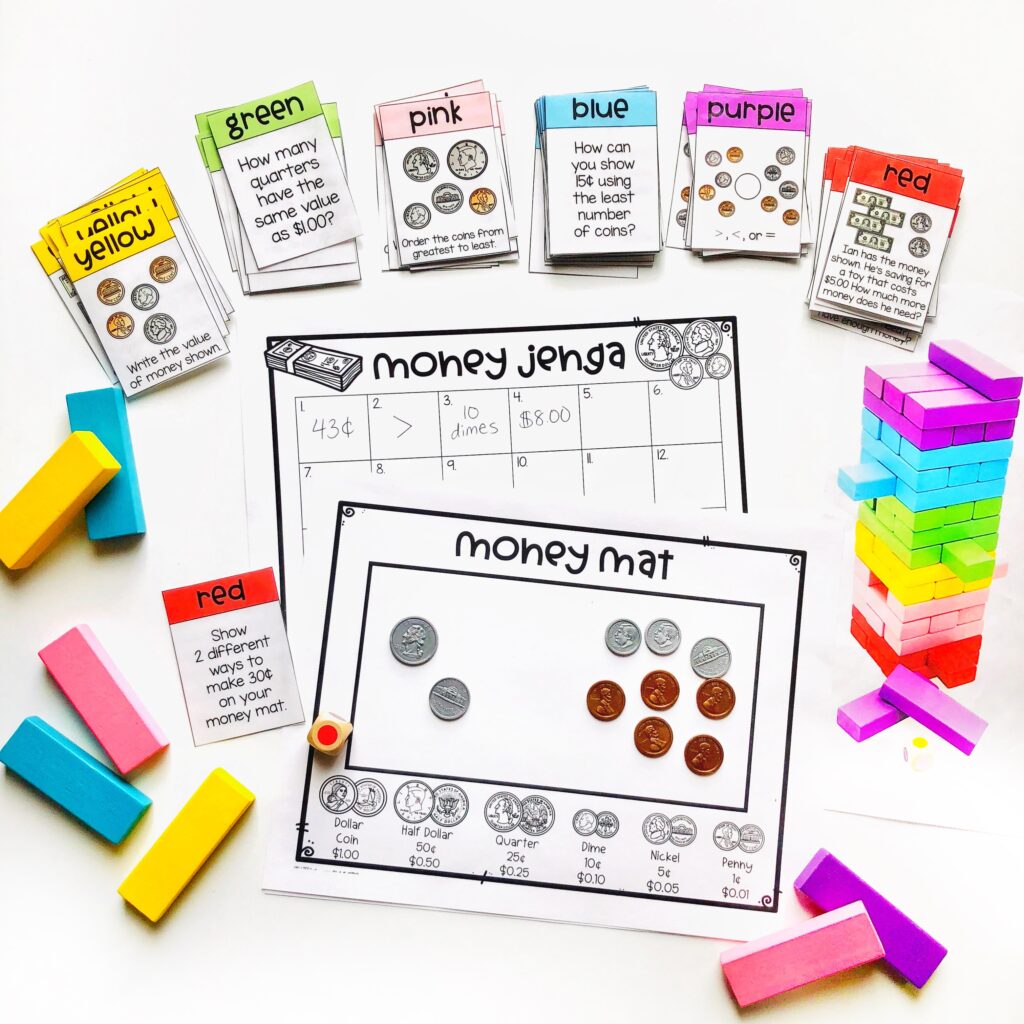
A “money mat” is also provided with a visual reference for coin values, and space to work out problems with plastic coins (or you can laminate these and students can draw circles for coins with white board marker).
With this game, students are able to practice money skills such as:
- Counting combinations of dollars, half dollars, quarters, dimes, nickels, and pennies
- Equivalent Values (“How many quarters have the same value as $1.00?”)
- Ways to Show Amounts (“Show 2 different ways to make $1.00”)
- Comparing values (using greater than, less than, or equal to symbols)
- Word Problems/Reasoning
This downloadable resource (which is also available on my website or in my Teachers Pay Teachers store) comes with the game instructions, student answer recording sheets, and color coded game cards. Simply add a set of color Jenga blocks and you’re ready to go!
CLASSROOM ECONOMY
What better way to practice counting money than through real-life application? Creating your very own classroom economy is a powerful way to allow students to apply their math skills AND encourage positive behavior.
In my own classes, a big component of that economy was the “Class Mall.” It’s something I continued to implement year after year, because it is so motivating for the kids.
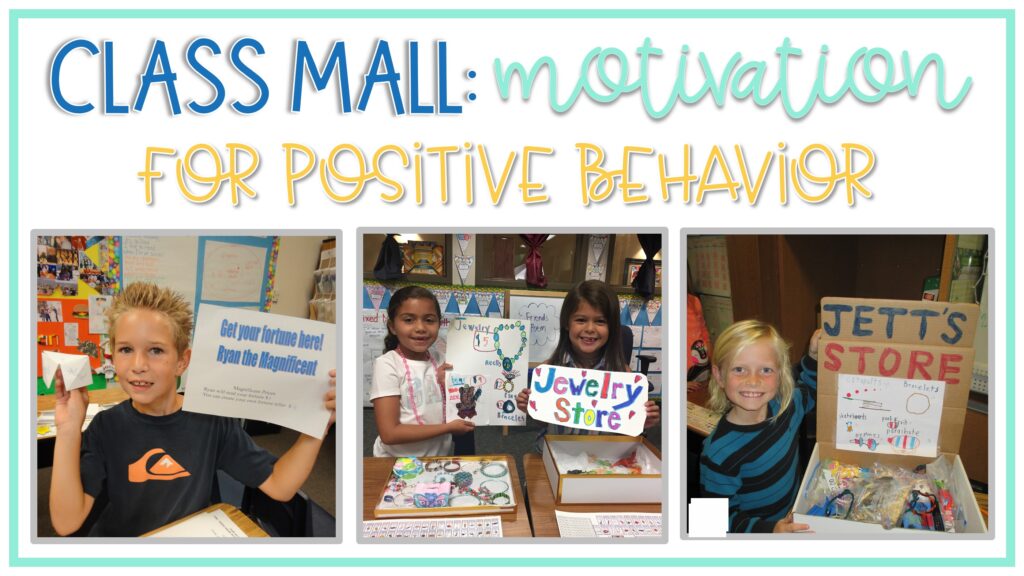
It could be thought of as an alternative to a treasure box or class store where the teacher buys prizes. Students still shop with their earnings, but they have the option to pay rent to buy a space for their own store. And here’s what makes it so engaging: They get to choose what to sell!
Although parents are welcome to purchase items for their child’s store (stickers, dollar store type items, etc.) I’d send home this parent letter explaining that there is NO pressure to buy anything!
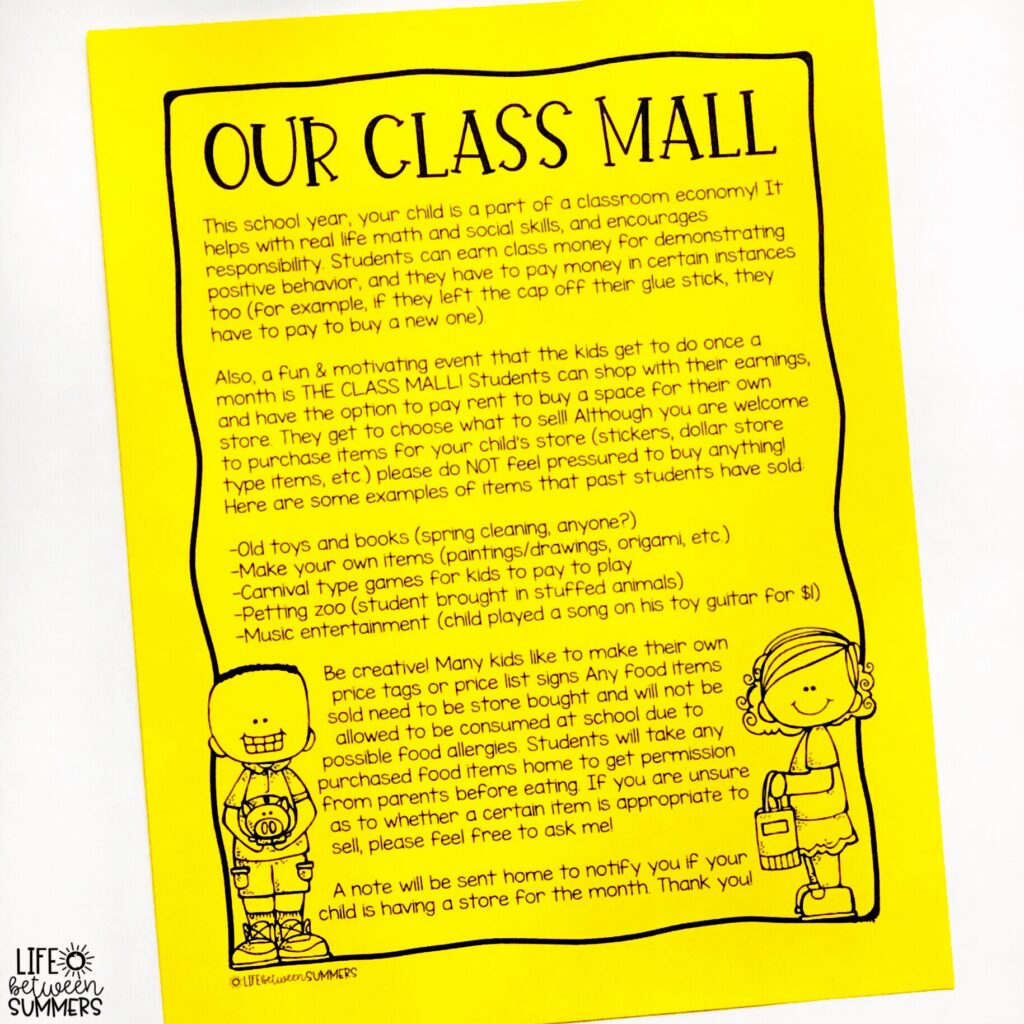
You can read more details about this Class Mall idea right HERE. Not only is it a great tool to encourage responsibility and positive behavior in the classroom, it also gives students a chance to practice counting and exchanging money in a “real life” setting.
CASH IS STILL KING
I admit it: I rarely carry cash anymore. I’m more likely to use my credit card or Venmo than anything these days.
But despite the fact that we are all using digital currency more frequently, it’s still very important that our students be able to identify and use bills and coins correctly. I equate it to learning how to tell time. Most people look at their phone to check what time it is these days, but that doesn’t mean that kids should enter adulthood without knowing how to read an analog clock.
Plus, think of all the mathematical understanding that is reinforced when kids are counting money: skip counting, adding combinations, subtractions through change, decimal values, etc.
But that doesn’t mean teaching students how to count money has to be BORING either! There is a wide variety of ways to make it hands-on and engaging. And whenever you see your students enjoying learning disguised as fun, you can feel like a million bucks!

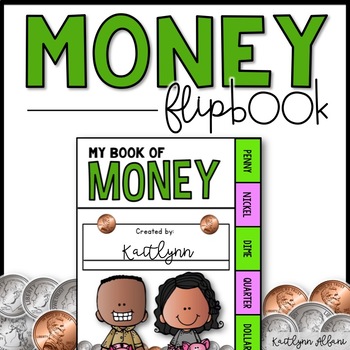

Leave a Reply
You must be logged in to post a comment.